1. A Town Elected a Dog as Mayor—Multiple Times
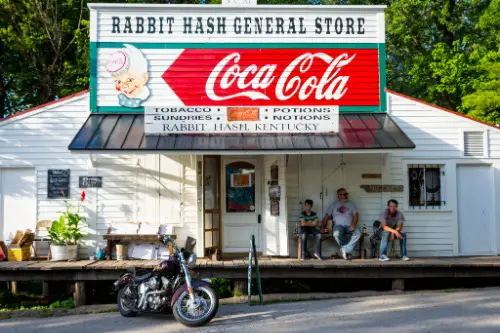
The small town of Rabbit Hash, Kentucky, has a tradition of electing dogs as mayor, according to NBC News. It all started in 1998 when a black Labrador named Goofy was “elected” as a fundraising gimmick for the town’s historical society. Since then, multiple dogs have served as mayor, including a pit bull named Brynneth Pawltro and a French bulldog named Wilbur. The town doesn’t actually have a human mayor, so these canine politicians get the top spot by default.
Rabbit Hash residents take their dog mayors very seriously, and the elections often raise thousands of dollars for charity. The mayors don’t do much in terms of legislation, but they do attend town events and pose for lots of photos. Other animals, including a cat and a donkey, have run for the position, but dogs always seem to win. In a world of messy politics, Rabbit Hash proves that sometimes, the best leaders have four legs and a wagging tail.
2. A Dead Man Won a U.S. Senate Seat
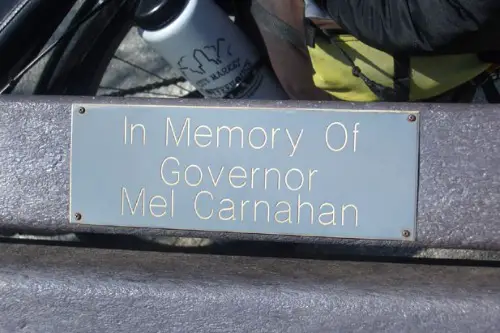
In 2000, Missouri voters elected Mel Carnahan to the U.S. Senate—despite the fact that he had died in a plane crash three weeks earlier, The Guardian reports. Carnahan, the sitting governor, was running against incumbent John Ashcroft when his tragic accident occurred. Instead of pulling his name from the ballot, Missouri Democrats pledged to give his seat to his widow, Jean Carnahan, if he won. Voters honored his memory, and he won, making him the only deceased person ever elected to the Senate.
Since a dead man obviously couldn’t take office, Jean Carnahan was appointed to serve in his place. She held the seat for two years before losing in a special election. The whole situation was a political and legal oddity, but it showed just how much people respected Mel Carnahan. It also meant that John Ashcroft lost to a man who wasn’t even alive—a fact that surely stung.
3. The U.S. Once Had a Nationwide “Cheese Giveaway” Because of One Giant Cheese
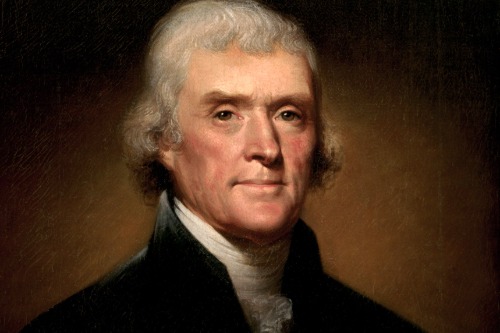
In 1802, President Thomas Jefferson was gifted a 1,235-pound wheel of cheese by dairy farmers from Cheshire, Massachusetts, according to the Smithsonian Institution. This massive block of cheese, known as the “Mammoth Cheese,” was a political statement meant to show support for Jefferson’s policies. It sat in the White House for years, and by the time Andrew Jackson took office, it had aged into a smelly, inedible mess. To get rid of it, Jackson hosted a public event where people could come take chunks of the cheese for free.
So many people showed up that the entire White House smelled like cheese for weeks. The event was such a spectacle that it inspired future politicians to hold their own cheese giveaways. Decades later, Franklin D. Roosevelt and even modern presidents revived the tradition of publicly sharing cheese. Who knew dairy could have such a lasting impact on American history?
4. Congress Almost Voted to Change the U.S. Language to German
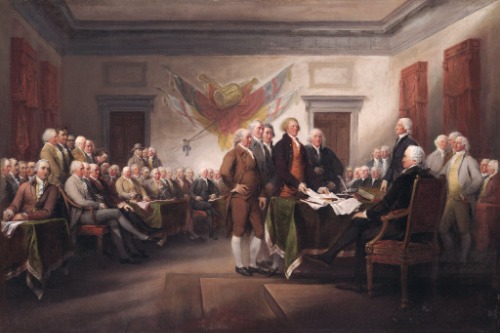
There’s a long-standing myth that German nearly became the official language of the United States. While that’s not exactly true, there was a moment in 1795 when Congress debated printing federal documents in German, according to the National Constitution Center. A vote was held, and it reportedly lost by just one vote—a story that has since been exaggerated into the “U.S. almost spoke German” myth. In reality, English was always the dominant language, but the debate reflected the large number of German-speaking immigrants at the time.
The idea wasn’t entirely far-fetched since German communities were thriving in Pennsylvania and beyond. Some states even printed legal documents in German for their local populations. However, English remained the de facto language, and the German proposal never gained serious traction. Still, it’s fun to imagine an alternate reality where “The Star-Spangled Banner” is sung in German.
5. The Great Molasses Flood
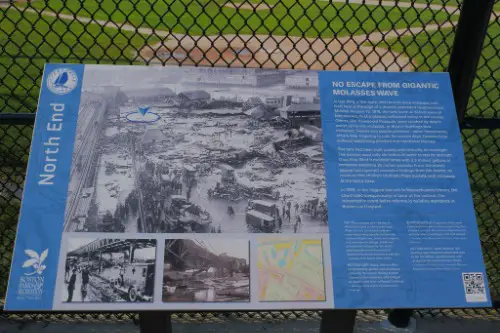
In 1919, Boston experienced a bizarre and tragic event known as the Great Molasses Flood. A massive molasses storage tank, 50 feet tall and 90 feet in diameter, burst open on a warm January day, releasing over 2 million gallons of molasses into the streets at an estimated speed of 35 miles per hour. The flood of sticky molasses caused widespread destruction, knocking over buildings, buckling railroad tracks, and tragically killing 21 people while injuring 150 others.
The cleanup was a massive undertaking, as the molasses coated everything in its path, and even the streets remained sticky for months afterward. Many blamed the tank’s faulty construction and poor maintenance for the disaster, and the company that owned it faced a lawsuit. This strange and horrifying event is still talked about in Boston today, where people joke that the city is “always a little bit sweeter.” It’s one of the most bizarre disasters in American history that you won’t believe happened.
6. The U.S. Once Paid an Entire Ransom in Nickels
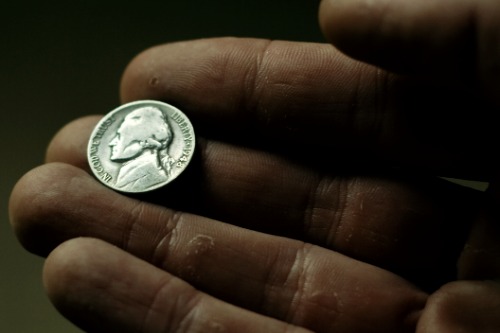
In 1973, the U.S. government needed to pay a ransom to North Vietnamese forces to secure the release of American prisoners of war. But instead of paying in standard bills, they delivered the entire amount—$3 million—in nickels. This wasn’t a prank; it was a deliberate move to slow down the enemy’s ability to use the money. The sheer weight of the coins made it difficult to transport, creating logistical headaches for the recipients.
The tactic was part of a broader strategy to disrupt North Vietnam’s economy. Though the ransom was paid, the move highlighted the lengths the U.S. was willing to go in negotiations. It also proved that sometimes, pettiness can be a powerful weapon in international relations. Imagine trying to carry millions of nickels through the jungle—talk about a heavy payday.
7. The U.S. Military Once Tried to Weaponize Bat Bombs
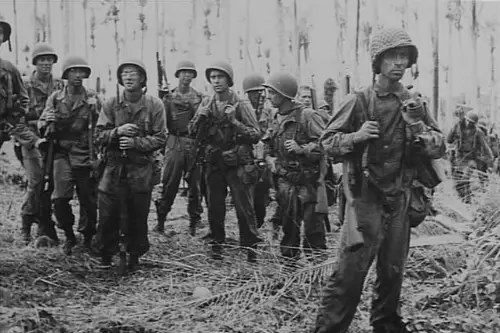
During World War II, the U.S. government experimented with an unusual (and slightly terrifying) weapon: bat bombs. The idea was to attach tiny incendiary devices to bats, release them over Japanese cities, and let them roost in wooden buildings before detonating. The project, officially called “Project X-Ray,” was actually promising during tests, as the bats effectively spread fire over a wide area. However, things took a disastrous turn when some armed bats accidentally escaped and set a U.S. military base on fire.
Despite early success, the project was scrapped in favor of the atomic bomb. Scientists estimated that bat bombs could have been just as destructive as nuclear weapons but at a fraction of the cost. However, the unpredictability of the bats made them too risky to deploy. It remains one of the strangest—and most chaotic—military experiments in history.
8. A Congressman Beat Another Congressman with a Cane on the Senate Floor
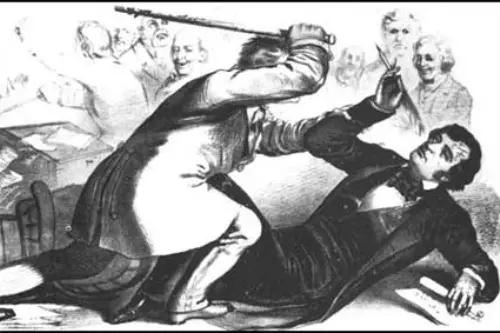
In 1856, a debate over slavery in the U.S. Senate turned violent when Congressman Preston Brooks attacked Senator Charles Sumner with a cane. Sumner had given a fiery anti-slavery speech, in which he insulted Brooks’ cousin, Senator Andrew Butler. Furious, Brooks stormed into the Senate chamber and began beating Sumner over the head with his cane, nearly killing him. The attack was so brutal that Sumner was left unconscious and unable to return to the Senate for years.
Instead of being arrested, Brooks was celebrated in the South, with supporters even sending him new canes to replace the one he broke during the beating. Meanwhile, Sumner became a martyr for the anti-slavery movement, and the incident further inflamed tensions between the North and South. The attack highlighted just how deeply divided the country was before the Civil War. It’s one of the most shocking moments of physical violence ever to take place in Congress.
9. A Man Survived Two Atomic Bombs
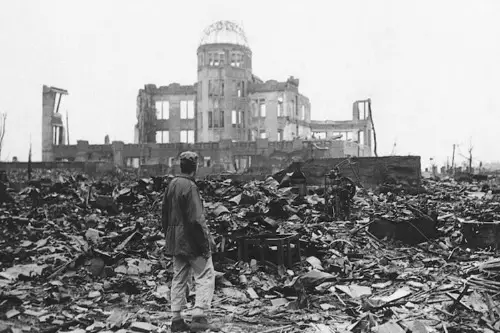
Tsutomu Yamaguchi is one of the luckiest—or unluckiest—men in history. He was in Hiroshima on August 6, 1945, when the first atomic bomb was dropped, surviving with serious burns but making it out alive. Just three days later, he returned to his hometown—Nagasaki—where the second bomb was dropped. Incredibly, he survived again, making him one of the only officially recognized survivors of both atomic bombings.
Yamaguchi lived into his 90s and spent much of his life advocating for nuclear disarmament. His story sounds like something out of a dark science fiction novel, but it’s absolutely real. Despite suffering radiation exposure twice, he lived a long life and even went on to have children. His incredible resilience made him a symbol of survival against impossible odds.
10. The U.S. Once Had a Secret Plan to Build a Spy Base on the Moon
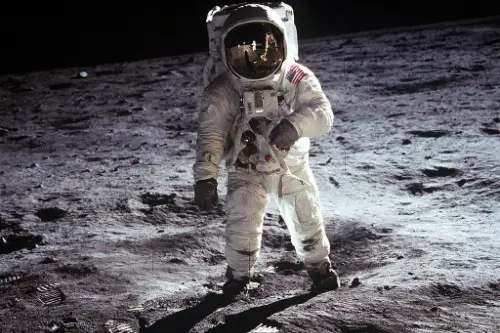
During the Cold War, the U.S. military secretly planned to build a spy base on the moon. The project, called “Project Horizon,” was proposed in 1959 and involved setting up a manned military outpost to keep an eye on the Soviet Union. The plan even included a nuclear weapon, just in case the Soviets tried to take over the moon first. Officials estimated it would take about 12 astronauts and nearly 250 rocket launches to complete the base.
However, the project was abandoned because of cost and logistical concerns. Instead, the U.S. focused on beating the Soviets to the moon through NASA’s Apollo program. While Project Horizon never became a reality, the fact that military officials seriously considered a lunar spy base is mind-blowing. Imagine if the first moon landing had involved soldiers instead of astronauts!
11. The U.S. Once Tried to Ban Sliced Bread

In 1943, the U.S. government briefly banned sliced bread in an effort to conserve resources during World War II. Officials believed that the special machinery and packaging used for pre-sliced bread were wasting valuable materials like metal and wax paper. The ban was wildly unpopular, with newspapers and housewives complaining that it made daily life unnecessarily difficult. One letter to the government even described it as a “terrible shock” to families across the country.
After just two months, the ban was quietly lifted, with no real explanation. It turns out that the government had overestimated how much the ban would actually save. Bread companies went right back to slicing loaves, and Americans rejoiced. It’s still one of the strangest and most unnecessary bans in U.S. history.
12. The U.S. Accidentally Dropped Nuclear Bombs on Itself (Twice)
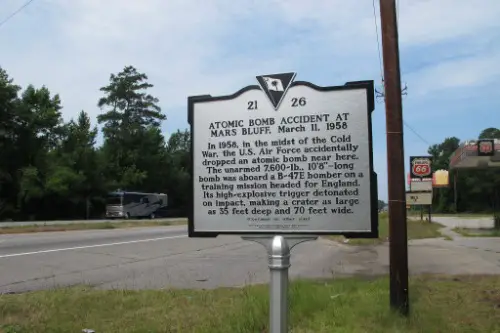
The U.S. military has had multiple close calls with nuclear weapons, including two incidents where it accidentally dropped atomic bombs on American soil. In 1958, a B-47 bomber flying over South Carolina accidentally released a nuclear bomb over a small town. Thankfully, the bomb wasn’t armed with its nuclear core, but it still exploded and left a massive crater in someone’s backyard. The homeowner later sued the Air Force for damages, which seems fair considering he almost got nuked.
Just three years later, in 1961, a B-52 bomber broke apart over North Carolina, dropping two nuclear bombs near Goldsboro. One of the bombs nearly detonated, with three out of four safety mechanisms failing before it was stopped. Had it exploded, it would have been more powerful than the Hiroshima bomb, wiping out much of the East Coast. These incidents serve as terrifying reminders of just how close the U.S. has come to nuclear disaster.
13. A U.S. President Was Once Arrested While in Office
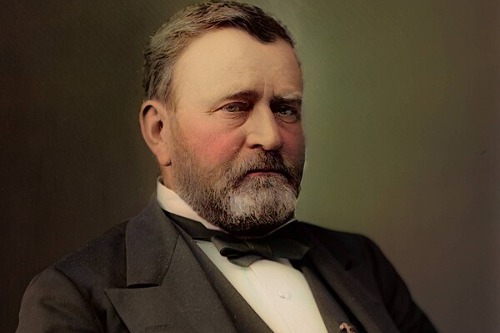
In 1872, President Ulysses S. Grant was arrested while serving as commander-in-chief—for speeding in his horse-drawn carriage. Washington, D.C. police had received complaints that Grant was racing his buggy through the streets, so an officer pulled him over and gave him a warning. The next day, Grant was caught speeding again, and this time, he was arrested and taken to the police station. He paid a $20 fine and was released without further punishment.
What makes this even funnier is that the officer who arrested Grant was a fan of his and felt bad about it. However, he insisted that the law applied to everyone, even the president. Grant reportedly took the whole thing in stride, showing no hard feelings toward the officer. He remains the only sitting U.S. president known to have been arrested.
14. The U.S. Once Planned to Blow Up the Moon to Scare the Soviets
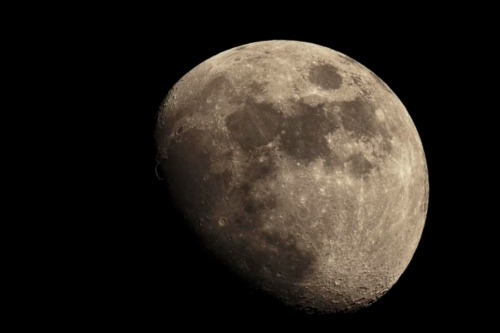
During the height of the Cold War, the U.S. seriously considered detonating a nuclear bomb on the moon. The top-secret plan, called “Project A119,” was designed to intimidate the Soviet Union by demonstrating American military power. Scientists believed the explosion would be visible from Earth, sending a clear message that the U.S. was not to be messed with. However, some experts warned that the blast might have unexpected consequences, including altering the moon’s orbit.
Thankfully, cooler heads prevailed, and the plan was abandoned in favor of more peaceful space exploration. The U.S. ultimately won the space race by landing on the moon in 1969, no explosions required. However, the fact that nuclear bombing the moon was even on the table is deeply unsettling. Imagine how different history would have been if the first lunar event humans saw was a mushroom cloud.


